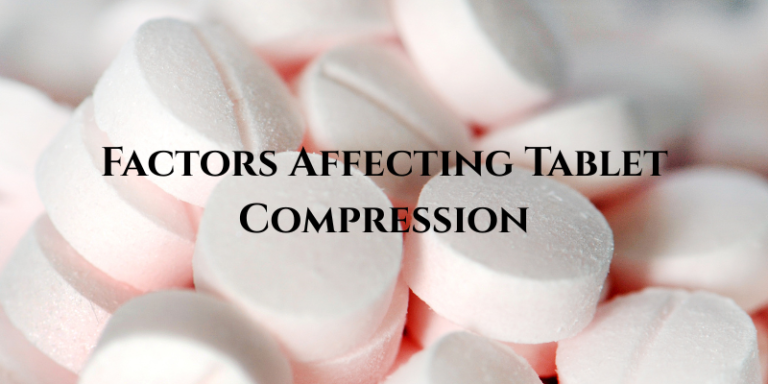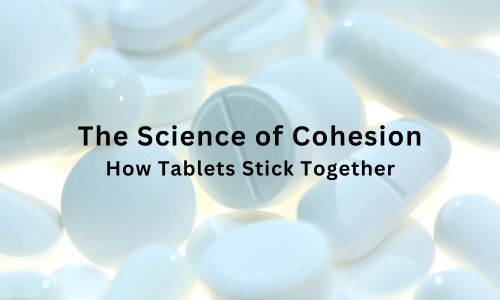Tablet Manufacturing Process
1) Raw material sourcing and testing
The raw materials for tablet manufacturing are typically sourced from approved suppliers who have been vetted for quality and reliability. The raw materials are tested for quality and purity before being used in the manufacturing process. This is to ensure that the tablets are safe and effective.
2) Blending
The raw materials are blended together in a mixer to ensure a uniform mixture. This is important because it ensures that each tablet will contain the same amount of active ingredients and other excipients.
3) Granulation
The blended powder is moistened and granulated to form small, free-flowing granules. Granulation makes the powder easier to compress into tablets and also helps to improve the uniformity of the tablets.
4) Drying
The granules are dried to reduce the moisture content. This is necessary because too much moisture can make it difficult to compress the granules into tablets and can also lead to the growth of mold and bacteria.
5) Milling
The dried granules are milled to reduce the particle size and improve the uniformity of the mixture. Smaller particle sizes improve the flowability of the powder and make it easier to compress into tablets.
6) Lubrication
A lubricant is added to the milled powder to improve the flowability of the mixture and prevent the tablets from sticking to the die and punches. Lubrication is also important for preventing the tablets from capping (the top and bottom of the tablet separating) and from sticking to each other in the packaging.
7) Compression
The lubricated powder is compressed into tablets using a tablet press. The tablet press has a die and punches that shape the tablet and apply the required pressure to compress the powder into a solid tablet.
8) Deburring
Any excess powder on the edges of the tablets is removed using a deburring machine. Deburring makes the tablets look more polished and also helps to prevent them from chipping and breaking.
9) Coating
Coating is an optional step that involves applying a thin film to the surface of the tablets. Coating can be used to protect the tablets from moisture and light, to improve their taste or appearance, or to control the release of the active ingredients.
10) Packaging
The tablets are packaged in blisters, bottles, or other suitable containers. The packaging must protect the tablets from damage and contamination.
11) Quality control
The tablets are tested to ensure that they meet all the required quality standards. This includes testing the tablets for their weight, hardness, disintegration time, and dissolution rate. The tablets are also tested for the presence of impurities and to ensure that they contain the correct amount of active ingredients.
Read also:
Resource Person: Galal Allam Ghazi







